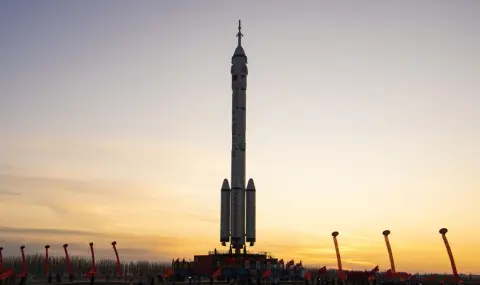China successfully launched 6 Shiyan-27 satellites into sun-synchronous orbit on Saturday, the China Aerospace Science and Technology Corporation (CASC) announced.
The launch was carried out at 06:51 Beijing time from the Taiyuan Spaceport (northern Shanxi Province) using a CZ-6A (Changzheng-6-ei). This is the 570th launch for the Long March series rocket.
According to CASC, the launched spacecraft will be used primarily for space environment exploration and related technological experiments.
The modified two-stage CZ-6A is 50 m long and runs on environmentally friendly fuel - a mixture of kerosene and liquid oxygen. The rocket was developed by the Shanghai Academy of Space Flight in collaboration with CASC, is equipped with four solid-fuel boosters and is capable of delivering about 6.5 tons of payload into a sun-synchronous orbit (500 km). Unlike the CZ-6, it has an elongated first stage, the diameter of which is the same as that of the second - 3.35 m. For carriers of this type, this is the 26th mission, the third in 2025.
Beijing is actively developing a national space program, developing meteorological, telecommunications and navigation satellites and technologies designed to study the Moon. With the support of the government, Chinese specialists are implementing projects to study asteroids and Mars. There is a Chinese space station in orbit, which is also designed for international cooperation. In 2024, China carried out 68 launches.
